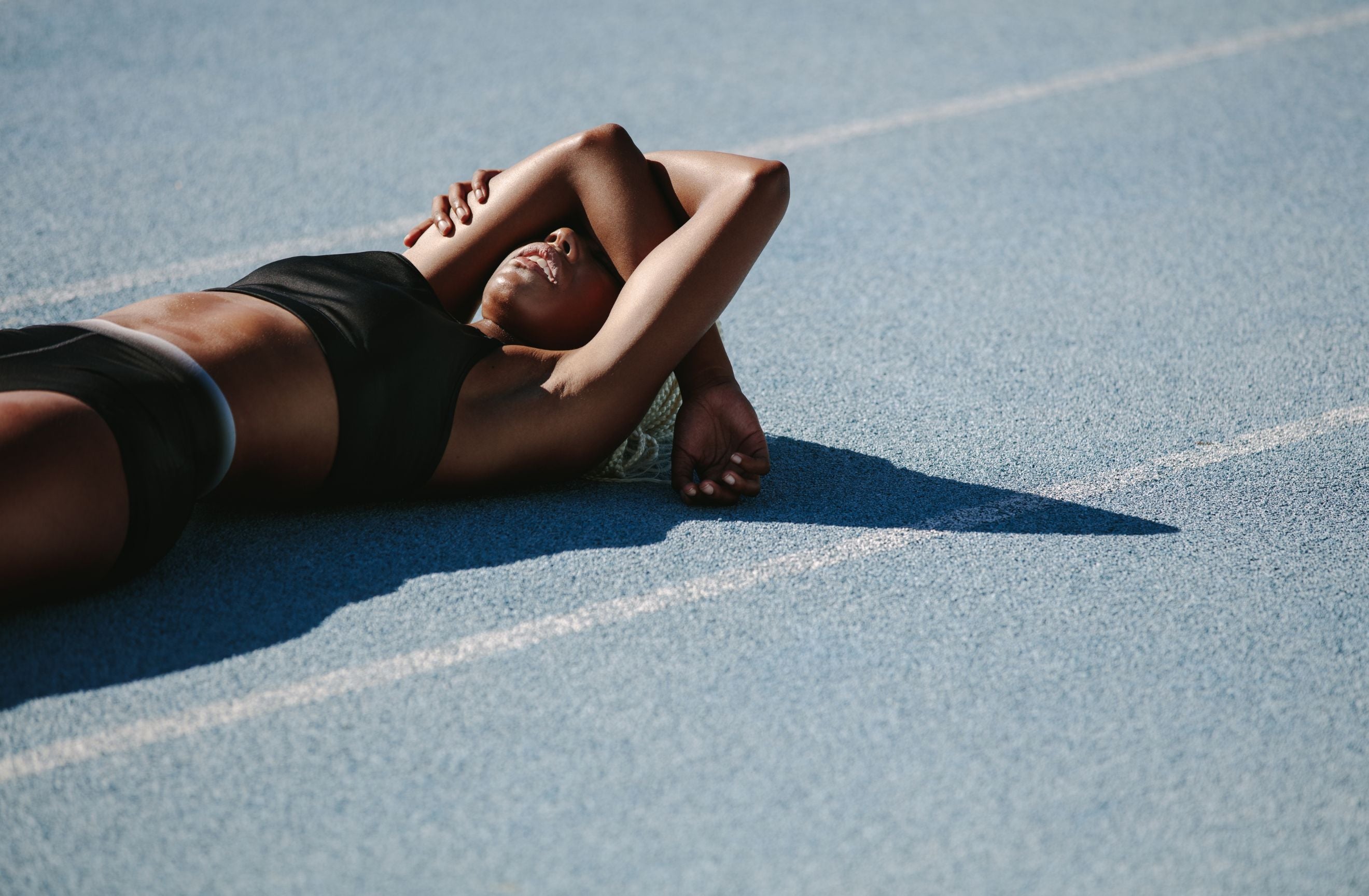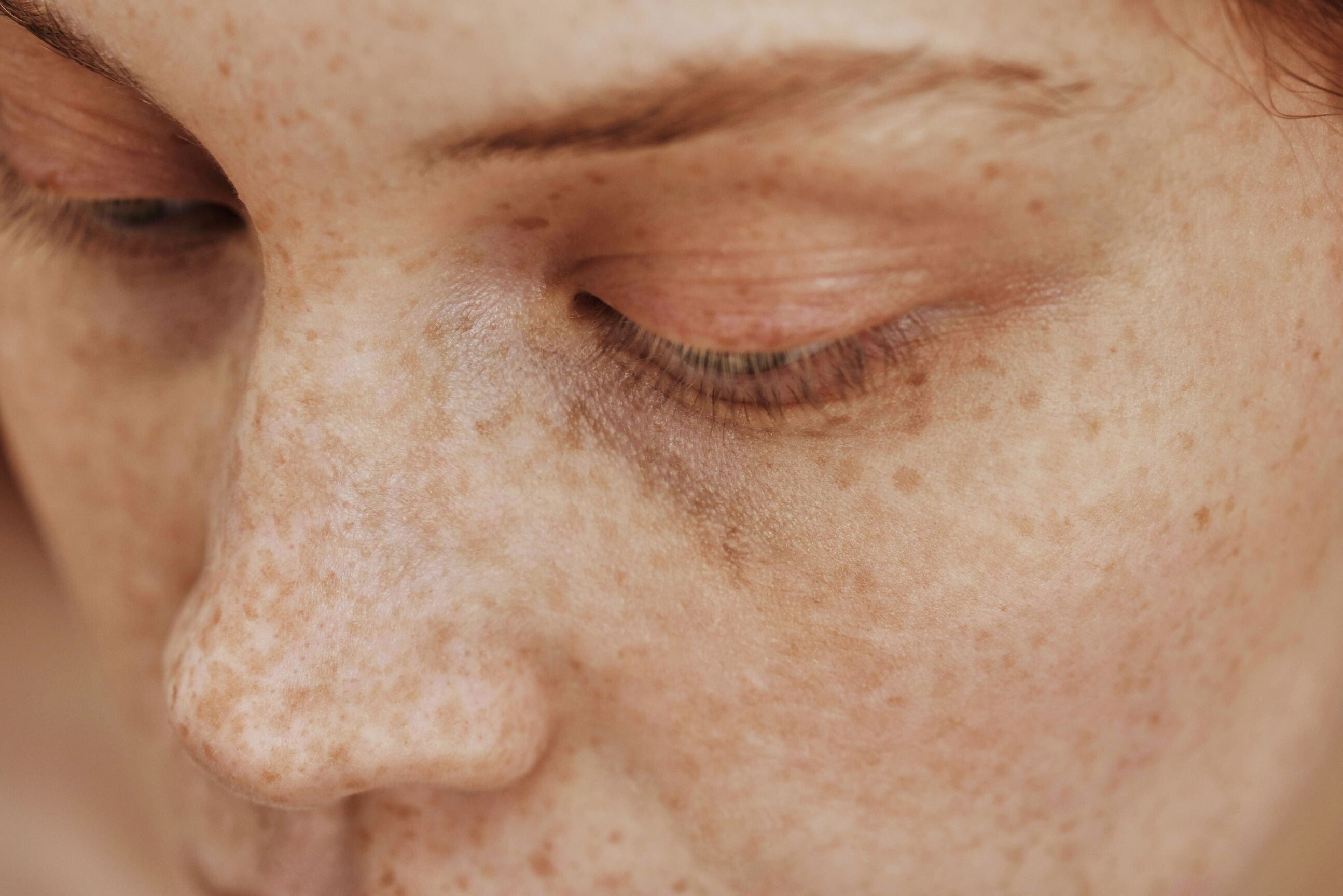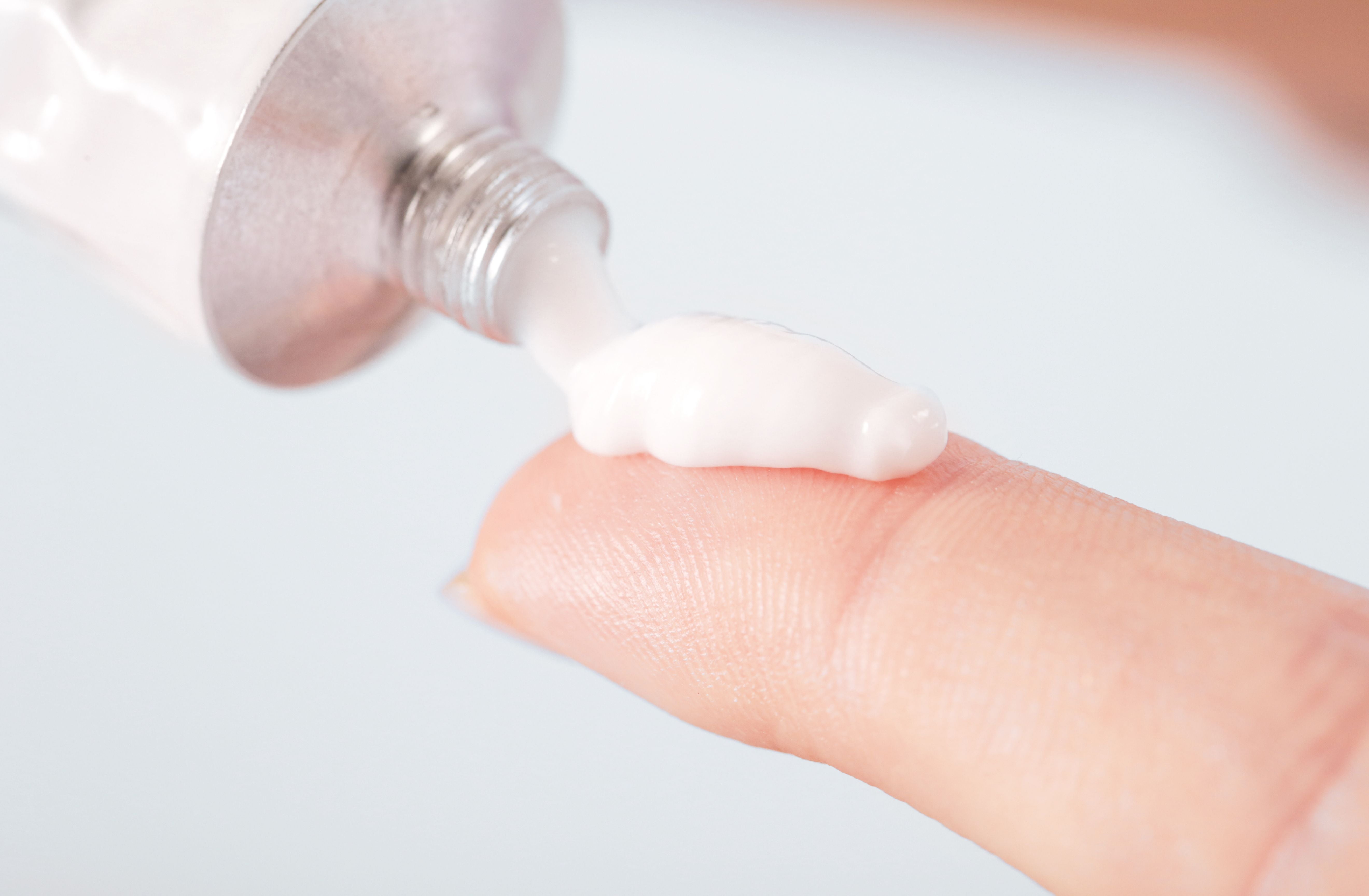Endometriosis occurs when tissue similar to the lining of the uterus (endometrium) grows outside the uterine cavity, and it is the leading cause of chronic pelvic pain in women. This condition affects roughly 10% of women in their reproductive years. The numbers can rise to 30–40% among those undergoing gynaecological surgery for pelvic pain or fertility issues. Other symptoms include painful periods, fatigue, digestive problems, and infertility [1].
Despite numerous studies, the exact cause and best treatment for endometriosis are still not fully understood. What we do know, however, is that oestrogen plays a significant role in the progression of the disease. Endometriosis relies on oestrogen for its growth and maintenance, making this hormone a key factor in both understanding and managing the condition.
In this article, we speak with our Flexi-Ambassador, Francesca Gattolin, a yoga instructor who has been diagnosed with endometriosis, primarily affecting her lower back. Through her personal insights, combined with evidence from scientific literature, we explore how endometriosis impacts lifestyle and physical activity. Additionally, we provide research-backed tips that can help manage symptoms and improve overall well-being for those living with this condition.
REPORTED EXPERIENCES FROM FEMALE ATHLETES WITH ENDOMETRIOSIS
A review of the experiences of ten female athletes with menstrual disorders revealed that those diagnosed with endometriosis face challenges beyond physical symptoms. Heavy bleeding was frequently highlighted as a major issue, often leading to anaemia. Some athletes also reported the financial strain caused by having to purchase additional menstrual products, as their condition requires much more than what others typically need [5].
Another identified aspect relates to clothing choices. Athletes expressed hesitation about wearing white clothing due to previous experiences or fears of staining, alongside discomfort from tight bras that fail to provide adequate support for sensitive breasts. Additionally, travelling for competitions while managing these symptoms adds to the challenges faced by athletes. A study has even classified endometriosis as a condition that can heighten the risk of injury for athletes due to its various implications [5].
In this context, Gattolin notes that her symptoms are primarily linked to inflammation: ‘Most of the time, it feels like my body is trying to attack me from the inside out. It is not limited to my period; it occurs before, during, and after, and often comes without warning. The most common symptoms for me are bloating, IBS-like discomfort, and persistent back pain.’
THE IMPACT OF DIET IN THE MANAGEMENT AND PREVENTION OF ENDOMETRIOSIS
Certain external factors, including diet, may contribute to improving endometriosis symptoms. Research has shown that high-inflammatory diets, especially those rich in red meat and trans fats, are associated with an increased risk of developing the condition. For instance, consuming more than two servings of red meat per day has been linked to a significantly higher risk of endometriosis. On the other hand, the intake of antioxidant-rich nutrients, such as vitamins D, E, B-group, and omega-3 fatty acids, may have protective effects, potentially helping to alleviate symptoms[1].
Some of these nutrients, along with other substances, have been studied in supplement form. Research suggests that omega-3 fatty acids and alpha-lipoic acid—an antioxidant-rich fatty acid—may help alleviate pain associated with endometriosis. Additionally, curcumin, omega-3, N-acetylcysteine (a modified form of the amino acid cysteine), and vitamin C have been found to reduce endometriotic lesion size [6].
Gattolin highlights that ‘diet is one big trigger! I feel a significant difference when I eat sugar, dairy, coffee, alcohol, meat, and gluten.’
To learn more about anti-inflammatory dietary patterns, we suggest reading our article
PAIN-FREE DIET.
EXERCISE: DOES IT MAKE SYMPTOMS BETTER OR WORSE?
Evidence suggests that regular exercise can help alleviate endometriosis-related discomfort, although findings vary. Some case-control studies indicate that people who engage in regular physical activity report fewer symptoms compared to those who do not. However, comparisons between women with the highest and lowest levels of physical activity have shown only a small decrease in symptoms. Even so, physical activity may influence endometriosis through its effects on hormones, such as lowering luteal oestrogen levels and increasing sex hormone-binding globulin, both of which are linked to the progression of the disease [1].
A study mentions that many doctors advise incorporating yoga and mindfulness-based practices into their daily routines to manage endometriosis [5]. Gattolin supports this, sharing that she primarily relies on gentle walks, yoga (with poses like child’s pose and happy baby pose, depending on where the pain is located), and meditation. She also points out that vigorous exercise can sometimes trigger symptoms.

REST AND MENTAL HEALTH
Endometriosis can severely affect sleep quality due to chronic pain, making it difficult to fall asleep and remain asleep. The discomfort often leads to frequent awakenings, disrupting sleep cycles and resulting in non-restorative sleep. Additionally, hormonal imbalances and associated psychological distress, such as anxiety and depression, can further impair sleep, leading to a higher prevalence of sleep disturbances in those with endometriosis [4].
Gattolin emphasises that rest and self-care are incredibly important for maintaining health, and taking care of your mental well-being is equally vital. On days when symptoms are overwhelming, her priority is rest, and she often lies in bed with a hot water bottle on her belly to ease the discomfort.
A SPECIAL MESSAGE FOR NEWLY DIAGNOSED WOMEN
Francesca Gattolin offered valuable advice for those just starting to navigate life with endometriosis: ‘I would recommend exploring natural remedies, such as diet and acupuncture, and staying active, but according to your menstrual cycle. It’s inevitable to feel affected and sad at times, so I focus on body acceptance and self-care.’
Moreover, the previously referenced study that explored the experiences of female athletes with endometriosis highlighted the importance of self-love, patience, and compassion towards their past selves, acknowledging the difficulties they have encountered.
*Francesca Gattolin
SUMMARY
Understanding Endometriosis:
- A chronic condition characterised by the growth of tissue similar to the uterine lining outside the uterus.
- Causes severe abdominal pain, fatigue, digestive discomfort, and emotional distress, affecting overall quality of life.
Dietary Impact:
- High-inflammatory diets, particularly those rich in red meat and trans fats, may increase risk and severity of symptoms.
- Antioxidant-rich vitamins, including D, E, B-group vitamins, and omega-3 fatty acids, may offer protective benefits and improve symptomatology.
Francesca Gattolin’s tips:
- Natural Remedies: Recommends exploring dietary changes and acupuncture while maintaining an active lifestyle.
- Exercise: Advocates for mellow walks and yoga, adjusting activities according to menstrual phases, and avoiding vigorous exercises.
- Self-Care Importance: Emphasises prioritising rest and mental health, often using a hot water bottle on her belly for relief.
More Research Needs: Further robust studies are required to validate findings and develop effective management strategies for individuals with endometriosis.
REFERENCES.
[1] N. Habib, G. Buzzaccarini, G. Centini, G. N. Moawad, P.-F. Ceccaldi, G. Gitas, I. Alkatout, G. Gullo, S. Terzić, and Z. Sleiman. Impact of Lifestyle and Diet on Endometriosis: A Fresh Look at a Busy Corner. Menopause Review, 21, 2, 124-132, 2022. DOI: https://doi.org/10.5114/pm.2022.116437.
[2] C. MacMillan, B. Olivier, C. Viljoen, et al. The Association Between Menstrual Cycle Phase, Menstrual Irregularities, Contraceptive Use and Musculoskeletal Injury Among Female Athletes: A Scoping Review. Sports Medicine, 2024. DOI: https://doi.org/10.1007/s40279-024-02074-5.
[3] M. Gimunová, A. Paulínyová, M. Bernaciková, and A. C. Paludo. The Prevalence of Menstrual Cycle Disorders in Female Athletes from Different Sports Disciplines: A Rapid Review. International Journal of Environmental Research and Public Health, 19, 21, 14243, 2022. DOI: https://doi.org/10.3390/ijerph192114243.
[4] S. Davie, Y. Hamilton, L. Webb, and A. A. Amoako. Sleep Quality and Endometriosis: A Group Comparison Study. Journal of Endometriosis and Pelvic Pain Disorders, 2020. Date received: 25 November 2019; accepted: 6 February 2020. DOI: https://doi.org/10.1177/2284026520909979. Available at: https://journals.sagepub.com/home/pev.
[5] R. Verma and S. Gupta. “No, that is not normal”: Psychosocial Lived Experiences of Elite Athletes Living and Performing with Menstrual Dysfunctions. Research Article, 2024. DOI: https://doi.org/10.21203/rs.3.rs-4782294/v1.
[6] P. Yalçın Bahat, I. Ayhan, E. Üreyen Özdemir, Ü. İnceboz, and E. Oral. Dietary Supplements for Treatment of Endometriosis: A Review. Acta Biomedica, 93, 1, e2022159, 2022. DOI: https://doi.org/10.23750/abm.v93i1.11237.


















Leave a comment
This site is protected by hCaptcha and the hCaptcha Privacy Policy and Terms of Service apply.